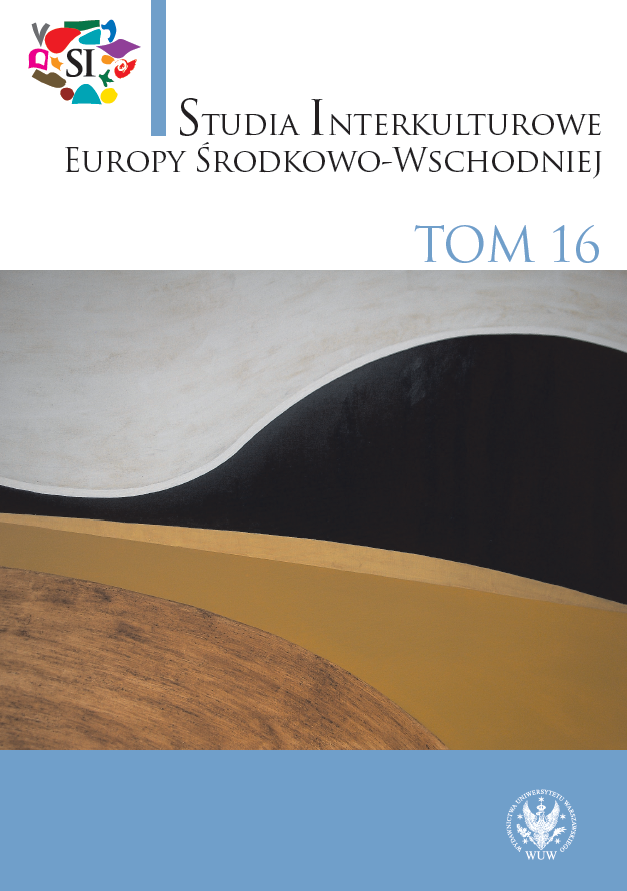SLAVONIC CULTURE IN THE TRANSYLVANIAN PART OF THE KINGDOM OF HUNGARY, FROM THE 15TH TO THE EARLY 16TH CENTURY
SLAVONIC CULTURE IN THE TRANSYLVANIAN PART OF THE KINGDOM OF HUNGARY, FROM THE 15TH TO THE EARLY 16TH CENTURY
Author(s): Marius TărîțăSubject(s): Cultural history, Customs / Folklore, Culture and social structure
Published by: Wydawnictwa Uniwersytetu Warszawskiego
Keywords: Transylvania; Church Slavonic; Romanians; manuscripts; Moldavia
Summary/Abstract: In Transylvania, part of the Hungarian Kingdom in the 15th century, a Slavonic cultural evolution existed despite the political domination of the Hungarian aristocracy and the towns of the Saxes. Even if the Romanians (Olachs, Vallachs) and other Eastern Christian groups had no political representation, several cultural centres existed. The main areas were north of Transylvania in Maramureș (where there was even a concurrence between the Romanians and Ruthenians supported by the hierarchy in Mukachevo), especially the monastery Peri, in Banat, it was at the Bodrog monastery, the Romanian districts in Southern Transylvania (e.g., Haczak/Hațeg), in Feleac since the second part of the 15th century and also in several villages. The last one is also illustrated by heritage as the manuscript from 1511 copied in Bîrgău by priest Mikhail. Several catalogues of Transylvanian Slavonic manuscripts were published during the second part of the 20th century. Among the editors were I. Iufu, Ch. Pistrui, T. Bojan. Valuable studies were written by M. Dan and O. Filipoiu (focusing on cultural relations between Moldavia and Transylvania) and R. Popa (dedicated to the history of Maramureș). An important hypothesis on Romanian culture in Transylvania belongs to A.A. Rusu (1999). The Slavonic cultural areas in Transylvania had cultural contacts with Moldavia and a less studied topic with Wallachia. As a result, the Slavonic manuscripts in Transylvania even have specific differences besides their Moldavian models (especially from Neamț monastery). The topic is still open for researchers, and among the important issues is establishing the affiliation to a Slavonic handwriting school or style (besides the possible local eclectics).
Journal: Studia Interkulturowe Europy Środkowo-Wschodniej
- Issue Year: 2023
- Issue No: 16
- Page Range: 209-225
- Page Count: 17
- Language: English

